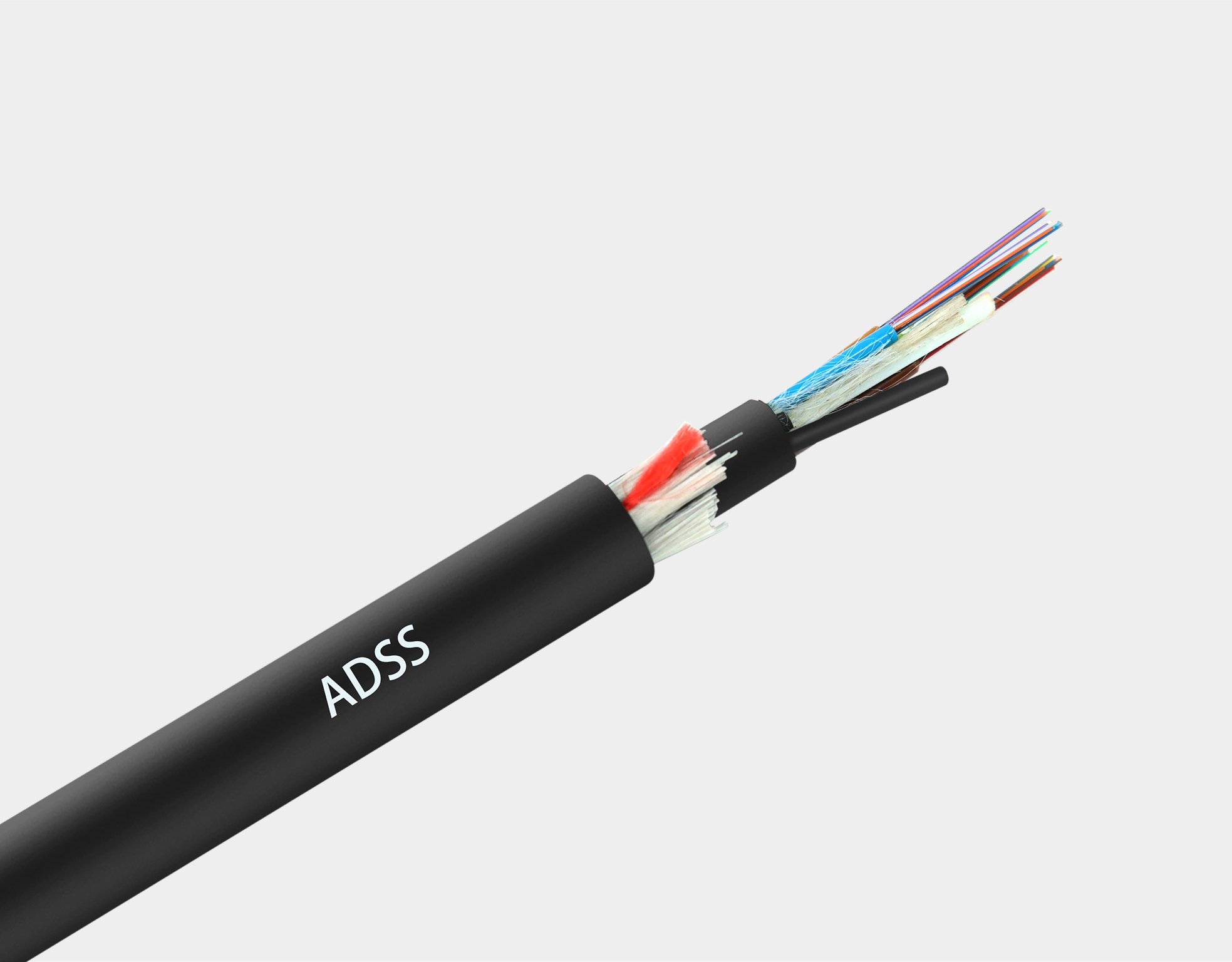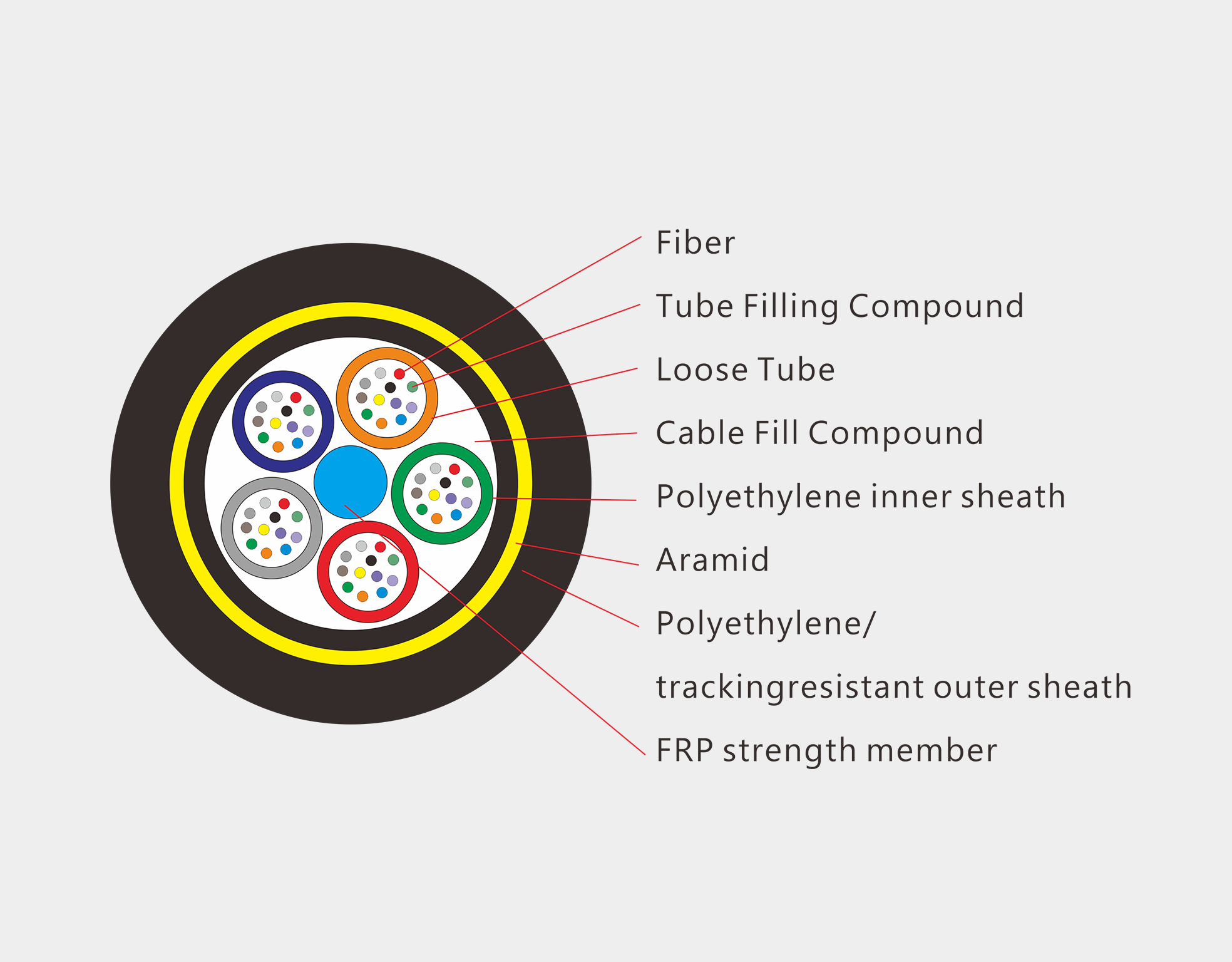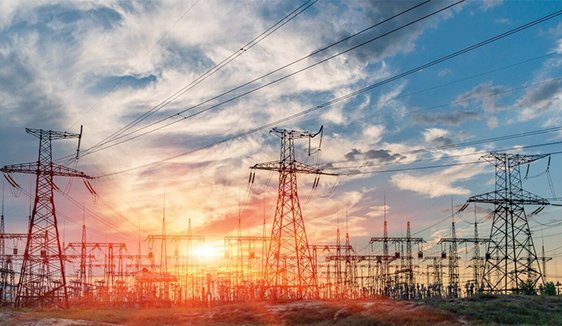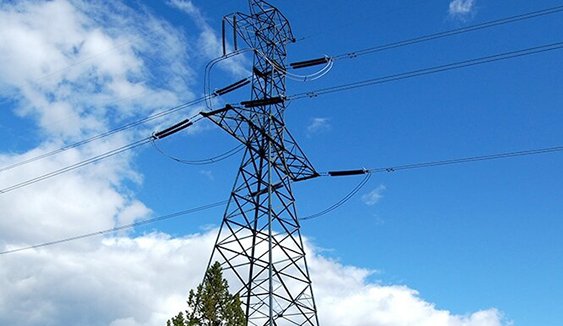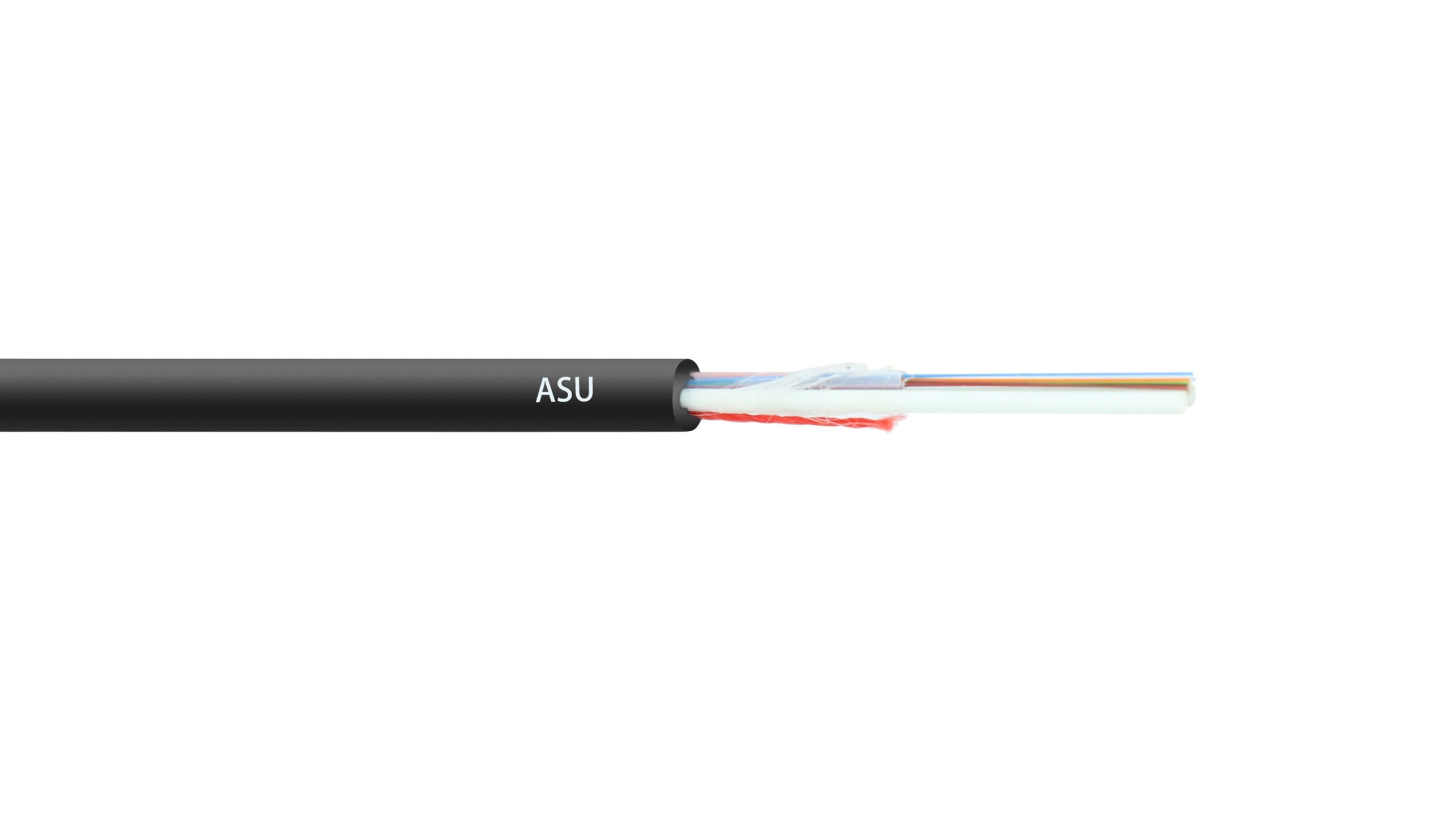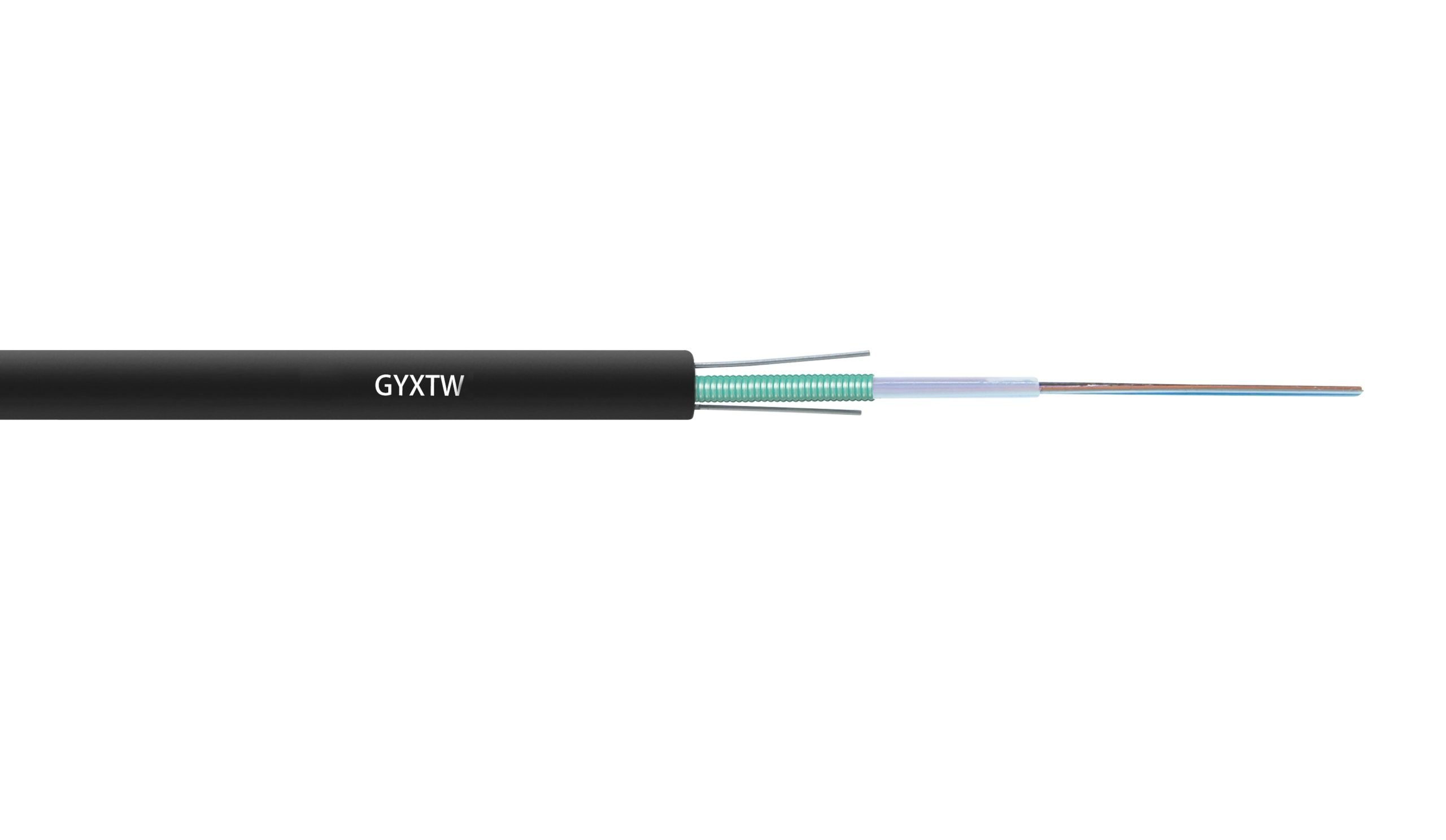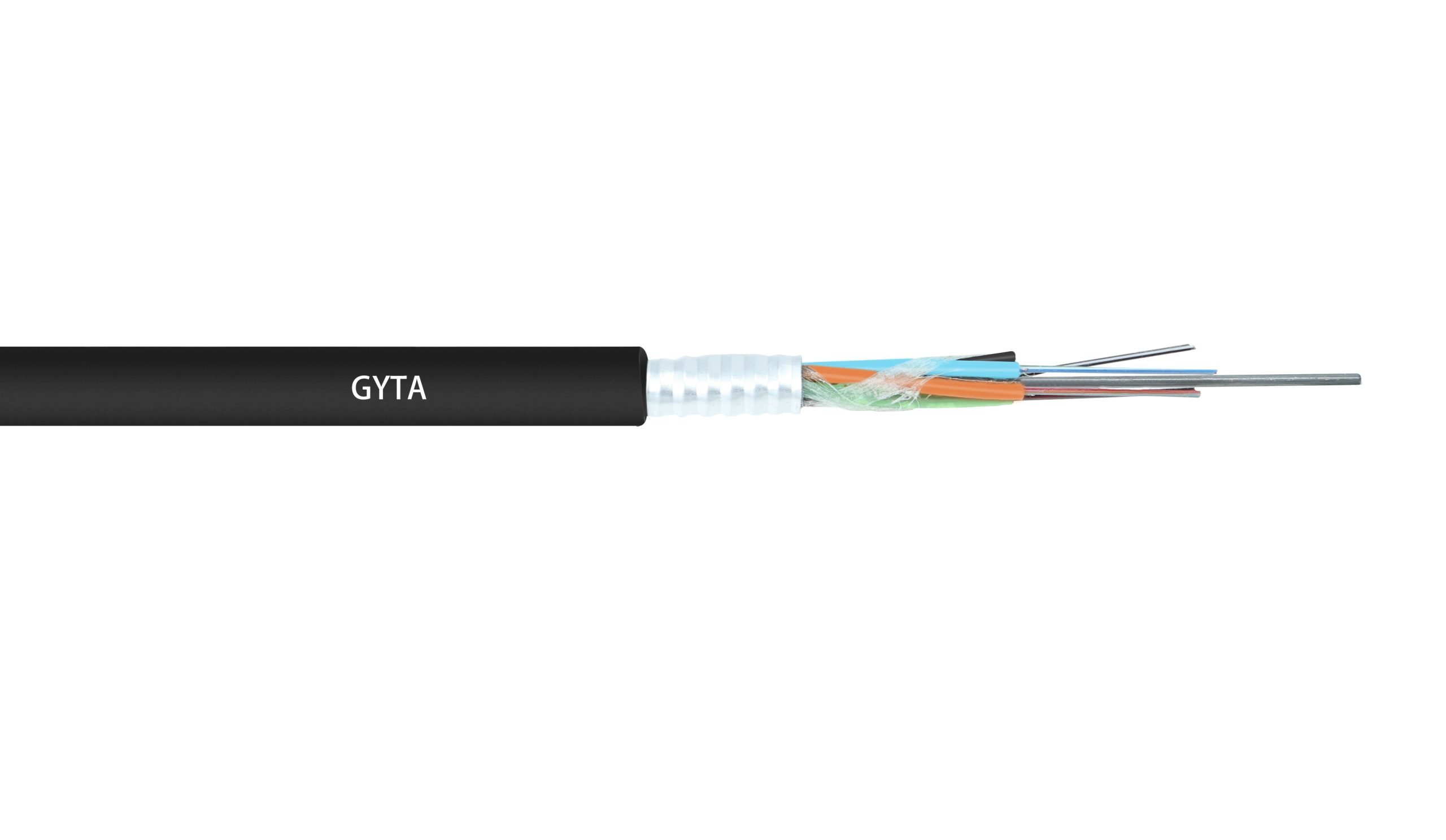كابل الألياف الضوئية العازل ذاتي الدعم (ADSS)
تعتبر كابلات الألياف الضوئية ADSS مناسبة لخطوط الطاقة والاتصالات طويلة المدى والشبكات الحضرية والريفية، وتتمتع بأداء استثنائي في البيئات القاسية، مما يجعلها تستخدم على نطاق واسع في بناء شبكات الاتصالات والشبكات الأساسية ذات النطاق العريض.
- يمكن تثبيته دون انقطاع التيار الكهربائي؛
- يستخدم غلاف AT مع مقاومة تتبع ممتازة؛
- خفيف الوزن مع قطر كابل صغير، مما يقلل من آثار الجليد والرياح والحمل على الأبراج والدعامات؛
- امتداد طويل، حيث يصل أقصى امتداد له إلى أكثر من 1000 متر؛
- قوة شد فائقة وأداء عالي في درجات الحرارة.
ما هو كابل ADSS
يستخدم كابل الألياف الضوئية ADSS (العازل بالكامل ذاتي الدعم) بنية عازلة بالكامل، ولا يتطلب أي دعامة معدنية. يتكون بشكل أساسي من ألياف ضوئية، وأغلفة مقاومة للعوامل الجوية، وأنوية تقوية. يستخدم الغلاف الخارجي عادةً مواد عالية القوة ومقاومة للعوامل الجوية، مثل أغلفة البولي إيثيلين أو الأكريلونيتريل بوتادين ستايرين، مما يوفر مقاومة ممتازة للتآكل، والأشعة فوق البنفسجية، والتداخل الكهرومغناطيسي، مما يضمن استخدامًا طويل الأمد في البيئات القاسية.
يتيح تصميم كابل الألياف الضوئية ADSS (العازل بالكامل ذاتي الدعم) تحمّل وزنه وشدّه الخارجي دون الاعتماد على دعامات معدنية، مما يجعله مناسبًا بشكل خاص للتركيب على خطوط الطاقة عالية الجهد. يتميز بمقاومة ممتازة للمجال الكهربائي، ولا يتأثر بالتداخل الكهرومغناطيسي من خطوط نقل الجهد العالي، مما يُمكّنه من تحمّل المجالات الكهربائية العالية المحيطة بخطوط الطاقة. وتُعزّز قوة الكابل من خلال التعزيزات غير المعدنية، مما يضمن ثباته وموثوقيته في التركيبات طويلة المدى.
تُستخدم كابلات ADSS بشكل رئيسي في خطوط الكهرباء وخطوط الاتصالات بعيدة المدى، وخاصةً في التضاريس المعقدة كالوديان والأنهار. وبفضل مقاومتها للعوامل الجوية وقوة شدها، تُستخدم كابلات ADSS بشكل شائع أيضًا في المناطق الساحلية والمرتفعات وغيرها من البيئات القاسية. كما تلعب دورًا رئيسيًا في بناء البنية التحتية للاتصالات في المناطق الحضرية والريفية، وخاصةً في الشبكات الأساسية لشركات الكهرباء ومقدمي خدمات الاتصالات.
مواصفات كابل ADSS
- تحديد
- المعايير الفنية
- الخصائص البصرية
| عدد الألياف | 2 – 288 نواة |
| نوع الألياف | G652D، G657A1، G657A2 |
| مادة السترة | PE، AT |
| لون | أسود |
| عضو القوة | البلاستيك المقوى بالألياف الزجاجية |
| طول | 1 كم، 2 كم، 3 كم، 4 كم، قابلة للتخصيص |
| مرجع خارجي
القطر مم |
الوزن المرجعي
كجم/كم |
الحد الأقصى اليومي للاستقبال
عمل توتر كيلو نيوتن |
الحد الأقصى المسموح به
عمل توتر كيلو نيوتن |
استراحة
قوة كيلو نيوتن |
قوة
عضو في CSA مم² |
معامل
مرونة كيلو نيوتن/ مم² |
حرارة
معامل التمدد ×106/ك |
فترة مناسبة
(معيار NESC،م) |
||||
| غمد PE | غمد | أ | ب | ج | د | |||||||
| 11.8 | 117 | 124 | 1.5 | 4 | 10 | 4.6 | 7.6 | 1.8 | 160 | 100 | 140 | 100 |
| 12.0 | 121 | 129 | 2.25 | 6 | 15 | 7.6 | 8.3 | 1.5 | 230 | 150 | 200 | 150 |
| 12.3 | 126 | 134 | 3.0 | 8 | 20 | 10.35 | 9.45 | 1.3 | 300 | 200 | 290 | 200 |
| 12.6 | 133 | 141 | 3.6 | 10 | 24 | 13.8 | 10.8 | 1.2 | 370 | 250 | 350 | 250 |
| 12.8 | 138 | 145 | 4.5 | 12 | 30 | 14.3 | 11.8 | 1.0 | 420 | 280 | 400 | 280 |
| 13.1 | 145 | 153 | 5.4 | 15 | 36 | 18.4 | 13.6 | 0.9 | 480 | 320 | 460 | 320 |
| 13.5 | 155 | 163 | 6.75 | 18 | 45 | 22.0 | 16.4 | 0.6 | 570 | 380 | 550 | 380 |
| 13.8 | 163 | 171 | 7.95 | 22 | 53 | 26.4 | 18.0 | 0.3 | 670 | 460 | 650 | 460 |
| 14.4 | 177 | 186 | 9.0 | 26 | 60 | 32.2 | 19.1 | 0.1 | 750 | 530 | 750 | 510 |
| 14.6 | 182 | 191 | 10.5 | 28 | 70 | 33.0 | 19.6 | 0.1 | 800 | 560 | 800 | 560 |
| 14.8 | 195 | 204 | 12.75 | 34 | 85 | 40.0 | 20.1 | 0.1 | 880 | 650 | 880 | 650 |
| نوع الألياف | التوهين (+20 درجة مئوية) | عرض النطاق الترددي | الفتحة الرقمية | طول موجة قطع الكابل | ||||
| @850 نانومتر | @1300 نانومتر | @1310 نانومتر | @1550 نانومتر | @850 نانومتر | @1300 نانومتر | |||
| جي.652 | ≤0.36 ديسيبل/كم | <022 ديسيبل/كم | ≤1260 نانومتر | |||||
| جي.655 | ≤0.40 ديسيبل/كم | ≤0.23 ديسيبل/كم | ≤1450 نانومتر | |||||
| 50/125 ميكرومتر | ≤3.3 ديسيبل/كم | ≤1.2 ديسيبل/كم | ≥500 ميجا هرتز.كم | ≥500 ميجا هرتز ·كم | 0.200±0.015 غير متوفر | |||
| 62.5/125 ميكرومتر | ≤3.5 ديسيبل/كم | ≤1.2 ديسيبل/كم | ≥200 ميجا هرتز ·كم | ≥500 ميجا هرتز ·كم | 0.275±0.015NA | |||
فوائد كابل ADSS

لا حاجة للدعم المعدني
تعتمد كابلات ADSS فقط على خصائصها العازلة، مما يلغي الحاجة إلى هياكل دعم معدنية ويقلل من تكاليف التثبيت.
تحمل الجهد العالي
تم تصميم كابلات ADSS لتحمل المجالات الكهربائية العالية، وتعمل بشكل موثوق بالقرب من خطوط الطاقة ذات الجهد العالي دون تداخل من المجالات الكهرومغناطيسية.
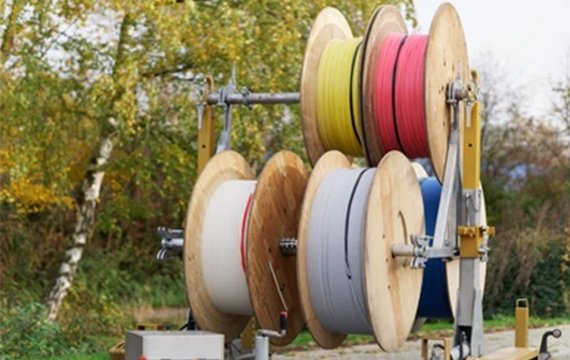
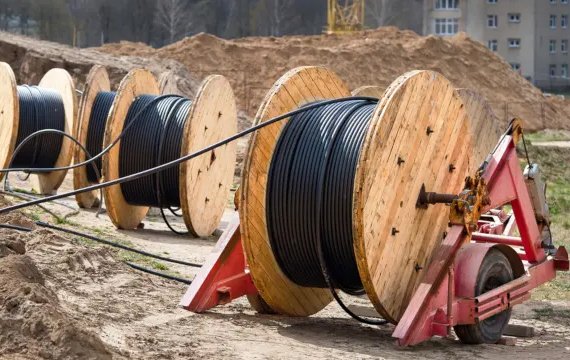
متانة ممتازة
بفضل مقاومتها الفائقة للطقس وقوة الشد، تتفوق كابلات ADSS في البيئات القاسية مثل المناطق الساحلية والمرتفعات العالية، مما يضمن الأداء على المدى الطويل.
تطبيقات كابلات ADSS
تنزيل كتالوج كابلات ADSS
تركيب كابل الألياف الضوئية ADSS
عند تركيب كابلات ADSS، تأكد من الشد المناسب، والحفاظ على مسافة آمنة من خطوط الطاقة، والنظر في العوامل البيئية، واتباع أطوال الامتداد الموصى بها للحصول على الأداء الأمثل.

المزيد من الكابلات ذات الصلة (4)
يتراوح سعر كابل ADSS العادي بين $100 و$300. ونظرًا لاختلاف مواصفات كل عميل، يُرجى إرسال المواصفات التي تحتاجها إلينا، وسنرسل لك السعر الدقيق.
الحد الأقصى لمدى ADSS هو 1500M، وسوف نقوم بتخصيصه وفقًا لاحتياجاتك.
يبلغ متوسط العمر الافتراضي عادةً من 25 إلى 30 عامًا، وذلك اعتمادًا على الظروف البيئية والتركيب المناسب.
عادةً ما تكون كمية الطلب الأدنى لدينا لـ ADSS 4 كم، حتى تتمكن من اختبار جودة الكابل.
يعتمد ذلك على كمية طلبك. عادةً للطلبات الصغيرة، مثل 2-50 كيلومترًا، يستغرق وقت التسليم 7 أيام. إذا طلبت كابلات ألياف بصرية بطول يزيد عن 100 كيلومتر، فقد يستغرق الإنتاج من 10 إلى 20 يومًا. سنُكمل الإنتاج والتسليم في أسرع وقت ممكن.






